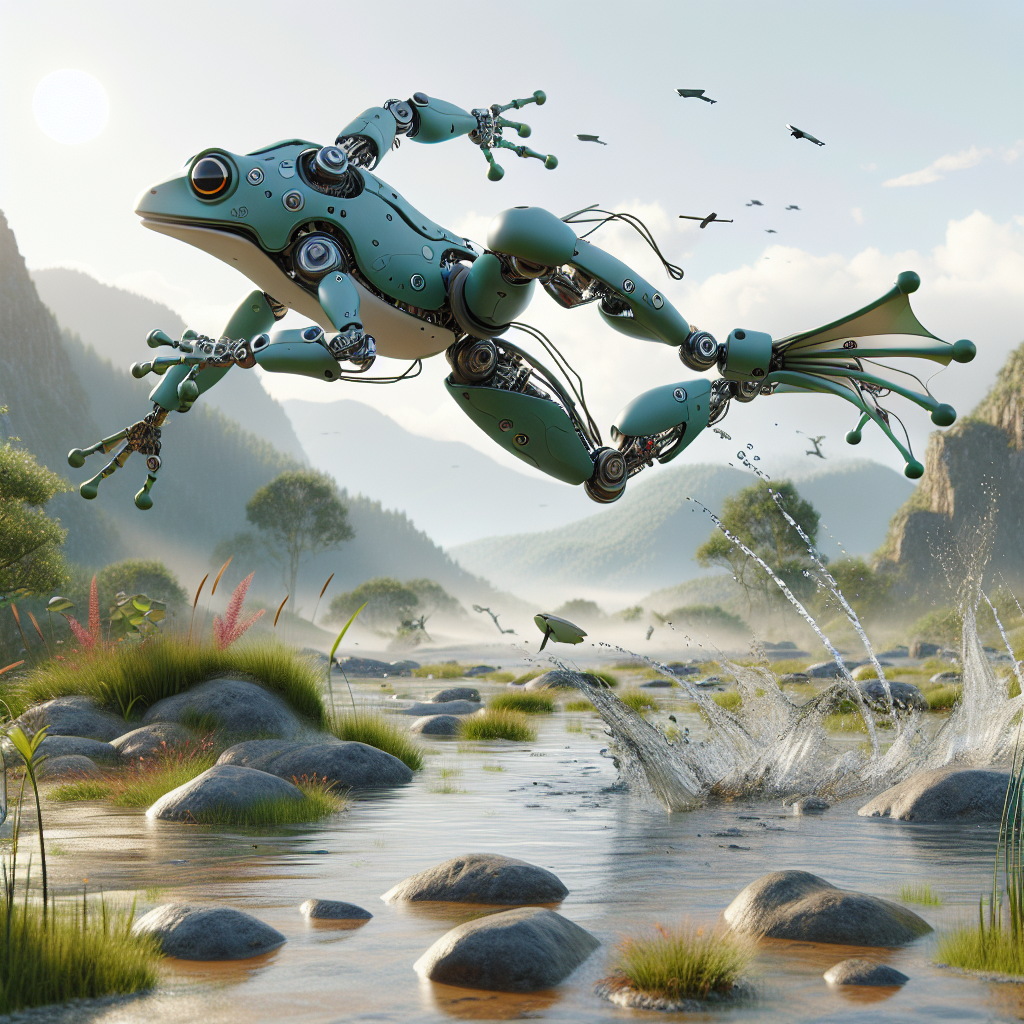Frobotics: How Frogs Are Revolutionizing Robot Design and Innovation

When you think of robotics, frogs probably aren’t the first thing that comes to mind. Yet, these remarkable amphibians are inspiring a new wave of innovation in the field of robotics—a captivating intersection of biology and technology commonly referred to as frog-inspired robotics or frobotics. This burgeoning field aims to harness the unique physical abilities of frogs to create robots that can navigate challenging terrains, improve search and rescue missions, and even assist in environmental conservation. But how exactly are frogs shaping the future of technology?
What Is Frobotics?
Frobotics is an interdisciplinary field that combines principles of biology, engineering, and robotics, with a specific focus on the anatomy and biomechanics of frogs and other amphibians. Researchers study how frogs leap, swim, and move in their environments, using this knowledge to design robots that mimic these biological processes. The objective is not just about creating a robot that can hop but understanding how these movements can be applied to address real-world challenges.
Frog Features That Inspire Robotics
Frogs are astonishing creatures; they can leap over 20 times their body length, swim gracefully through water, and navigate complex terrains effortlessly. Their muscular structure and flexible joints allow for dynamic movement, which is precisely what researchers aim to replicate in robotic designs. For instance, the development of robotic systems that enhance mobility in uneven landscapes, such as disaster-stricken areas, is directly inspired by the frog’s adeptness in overcoming obstacles.
Real-World Applications of Frobotics
The implications of frobotics are vast and varied. One practical application lies in search and rescue operations. Imagine a scenario where traditional robots fail to navigate rubble in a disaster area; a frog-inspired robot could leap over obstacles, reach narrow spaces, and cover ground efficiently, increasing the chances of finding survivors.
Moreover, frobotic designs are also being explored for use in environmental monitoring. Such robots can mimic frogs' ability to traverse different habitats, allowing them to collect data on ecosystems. This is especially valuable in areas difficult for humans to access, such as wetlands, where amphibians typically thrive.
Challenges and the Future of Frobotics
While the potential of frobotics is thrilling, there are challenges to overcome. Engineers must work on developing materials that adequately replicate the strength and flexibility of biological structures found in frogs. Additionally, achieving efficient locomotion that mimics the fluid movements of these animals, while ensuring energy efficiency in robotic designs, remains a significant obstacle.
As research continues, we may soon see frobotics evolve beyond just scaled-down robots. Future applications could include swarms of small, frog-inspired drones working in unison or even larger robots capable of traversing diverse environments autonomously. The possibilities are endless.
Conclusion
Frobotics is an exciting fusion of nature’s adaptations and technological innovation, highlighting how an understanding of biological systems can lead to groundbreaking advancements in robotics. As we continue to explore and draw inspiration from the natural world, the future holds promising potential for both improving our robotics capabilities and addressing pressing environmental and humanitarian challenges.